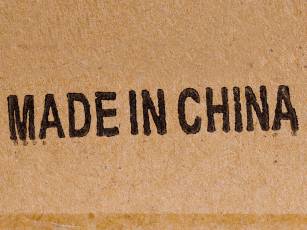
“Indoor Air Quality: Separating Fact from Fiction”, presented by Scott Lawson, covers issues relating to Indoor Air Quality (IAQ) including common complaints, contaminants and sources, the anatomy of an effective IAQ assessment, and IAQ standards.
The presentation begins with the overall comparison of IAQ issues and their origins. Many IAQ complaints emanate from either real or perceived symptoms and often have little to do with the quality of the indoor environment, never mind air quality. Many companies deal poorly with the investigation of these complaints that, in many cases, only exacerbate the situation, leading to “ghost chasing” scenarios that are very expensive and do little to help evaluate the real problems so that real solutions can be recommended.
The core of the discussion will be regarding a meaningful evaluation of the indoor environment, based largely on occupant input, which has a much greater chance of a successful investigation with satisfying outcomes for both building managers and occupants alike.
Other issues that will be discussed include ways IAQ issues surface; the types of IAQ contaminants, such as mold; mold recognition and sampling styles; how to control IAQ problems; the components of an effective IAQ survey; and more.
Learning Outcomes for this Webinar:
* An understanding of IAQ contaminants and the sources of these contaminants
* Using occupant driven perceptions about the occupied space to determine sampling strategies
* An understanding of how to control/prevent IAQ problems from occurring.
* A comprehension of the systematic approach to identifying and addressing IAQ problems once they occur.
* Exposure to real-life examples that tie all the above learning objectives together
This presentation will begin on October 29, 2009 at 02:00 PM Eastern Daylight Time.

 AIHA BOK - Indoor Air Quality (540.7 KiB, 1,156 hits)
AIHA BOK - Indoor Air Quality (540.7 KiB, 1,156 hits) AIHA BOK - Respiratory Protection (510.8 KiB, 1,175 hits)
AIHA BOK - Respiratory Protection (510.8 KiB, 1,175 hits) AIHA BOK - Direct Reading Instruments (394.6 KiB, 1,008 hits)
AIHA BOK - Direct Reading Instruments (394.6 KiB, 1,008 hits)

 Here are some of the information that has been put together based upon the claims of off-gasing from chinese made drywall.
Here are some of the information that has been put together based upon the claims of off-gasing from chinese made drywall.